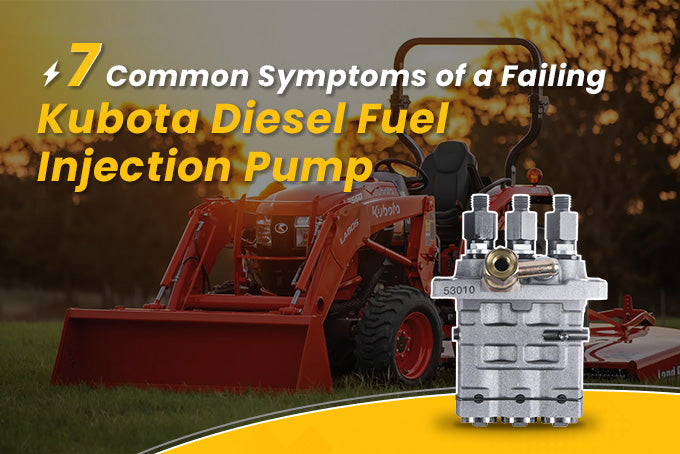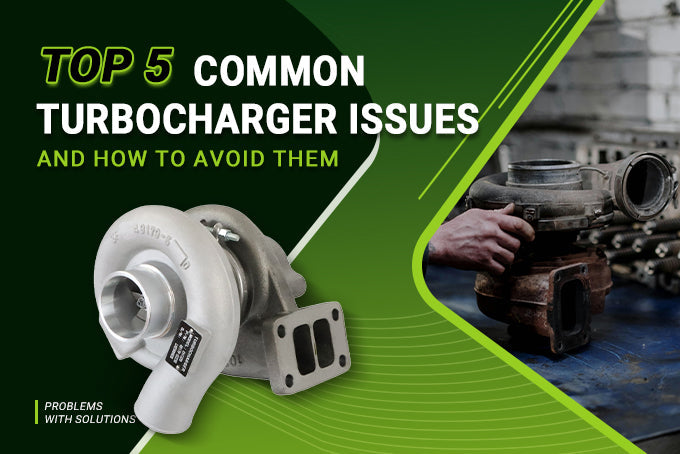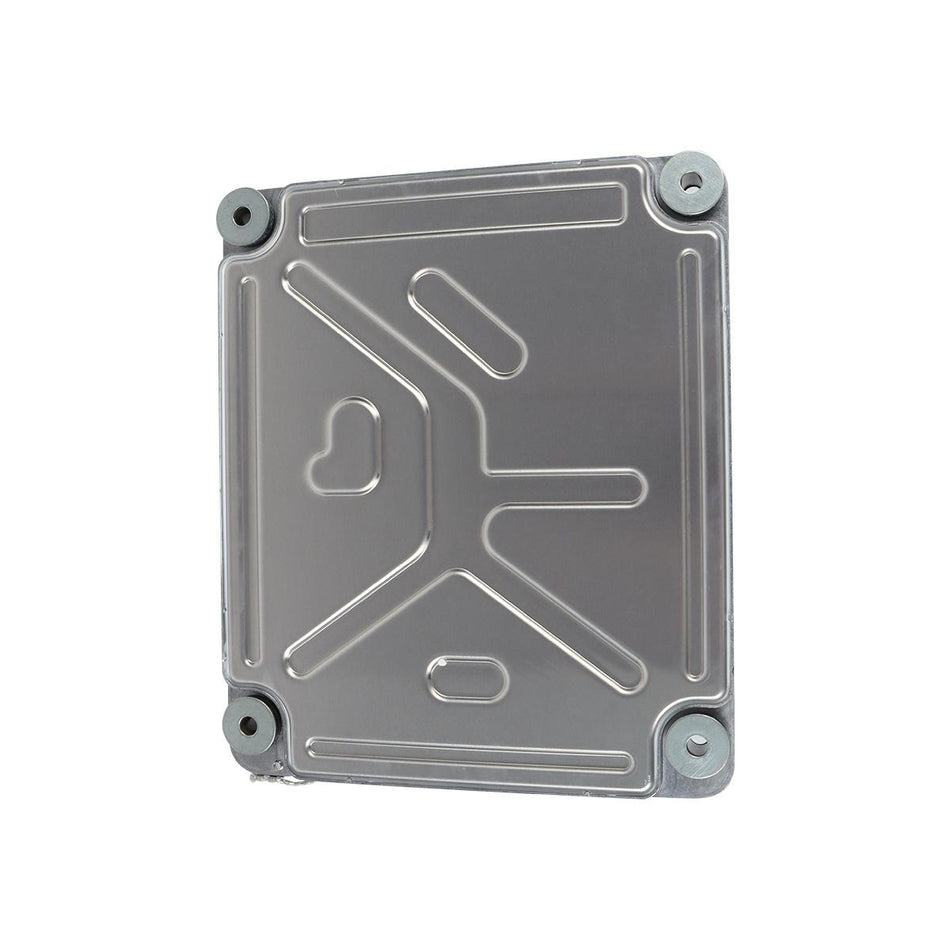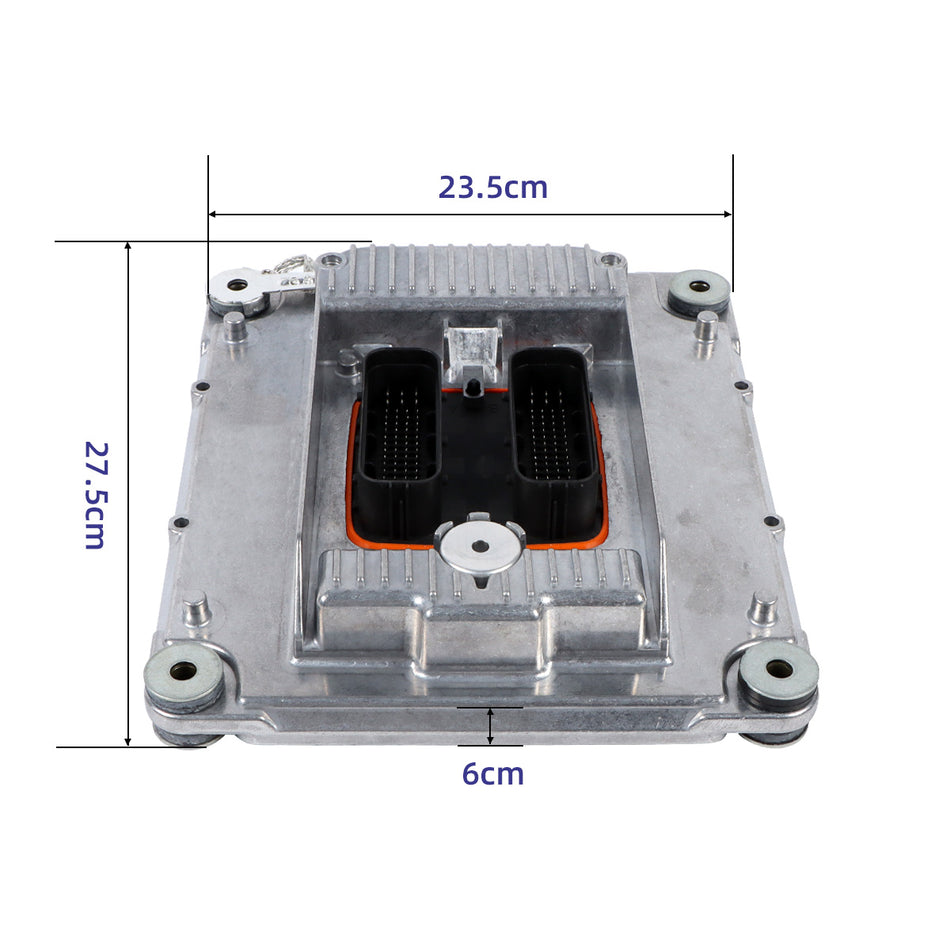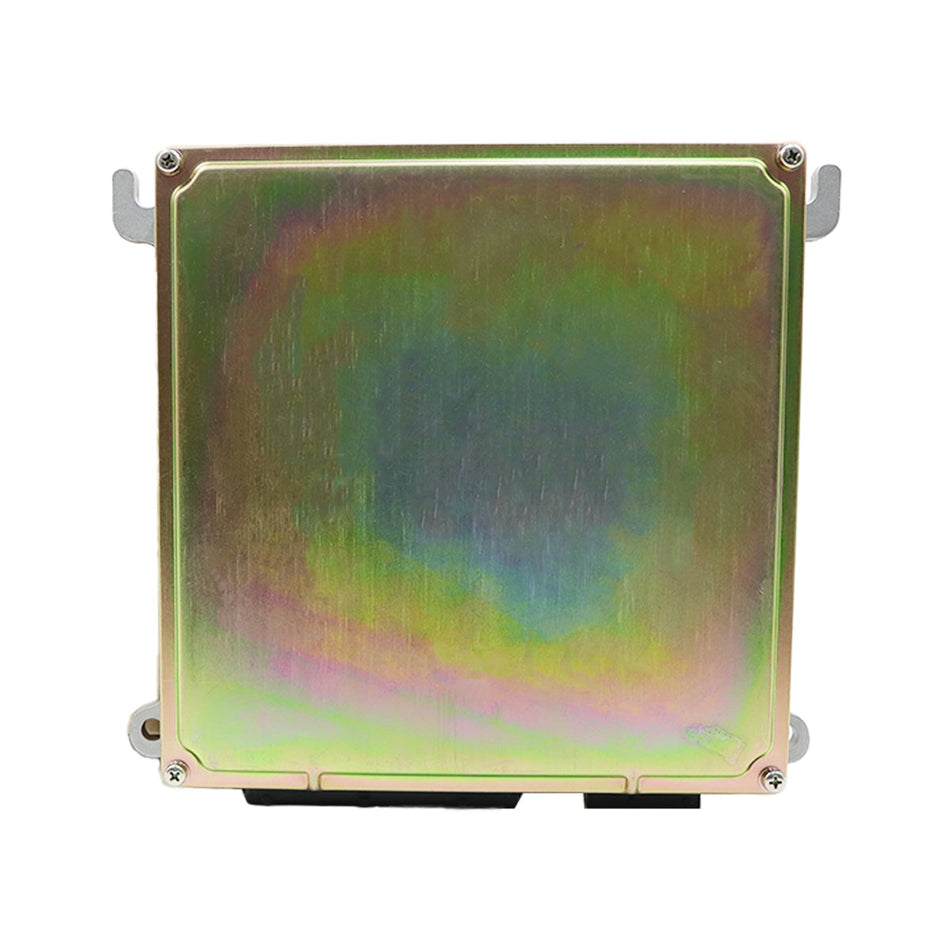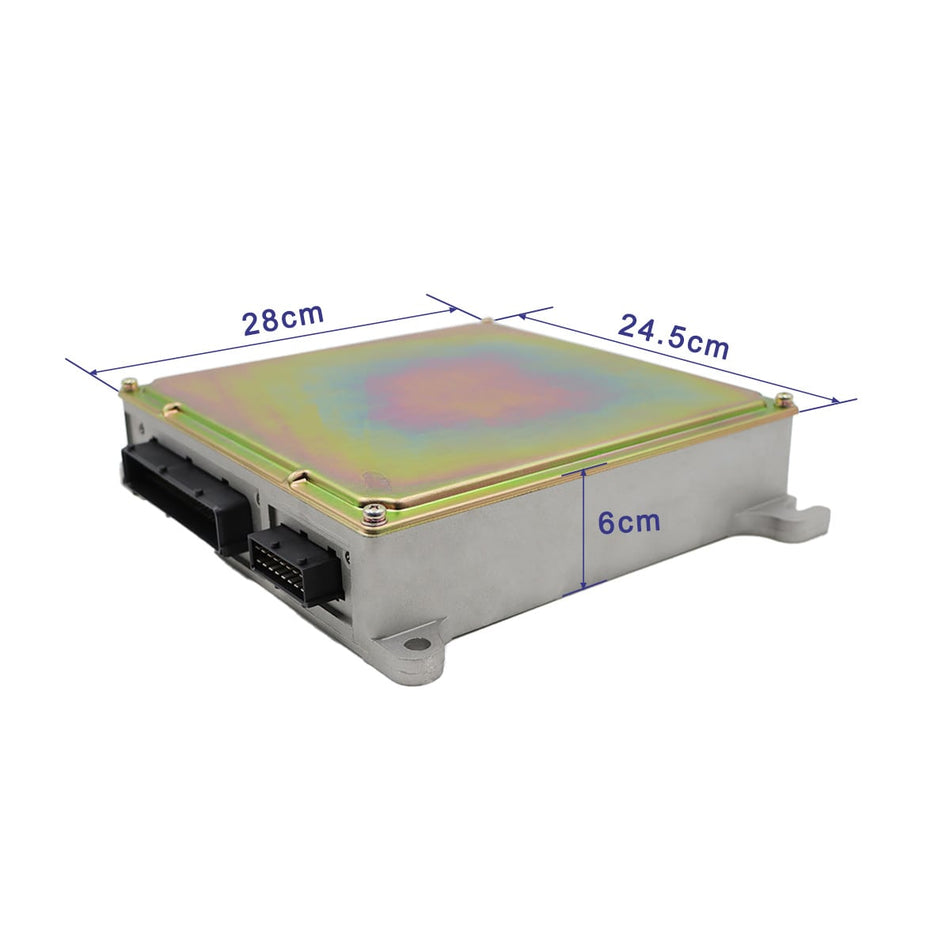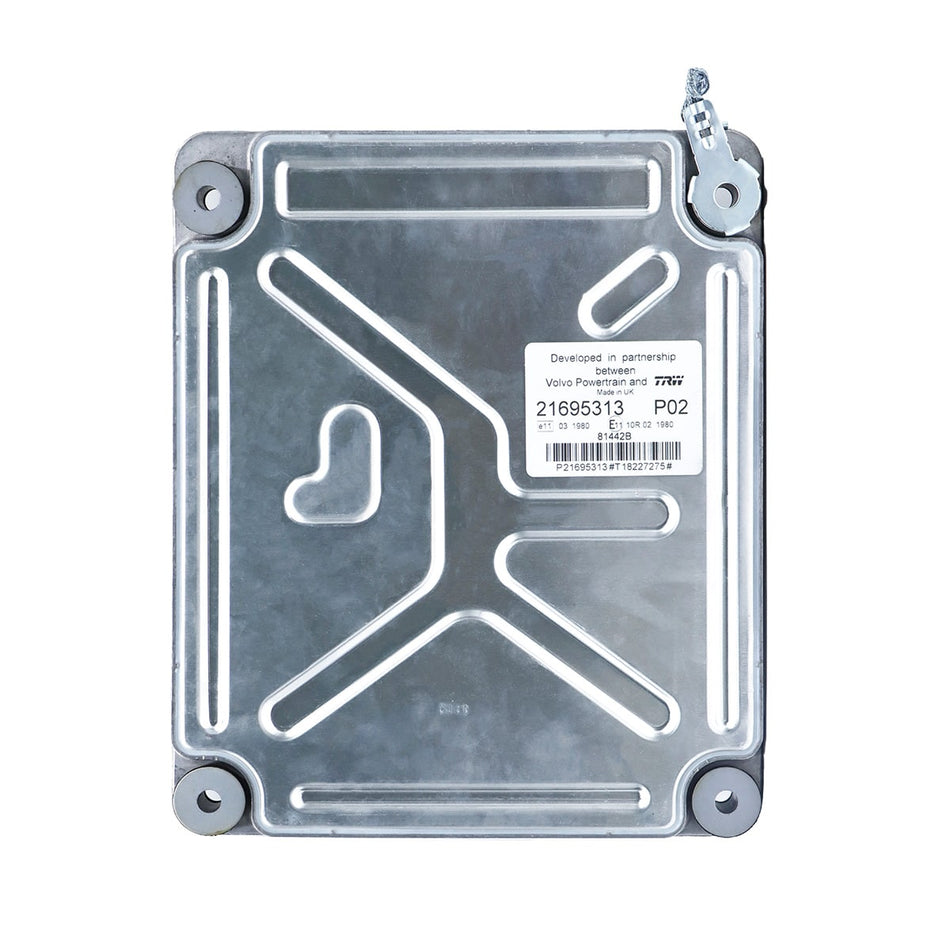As we all know, vibration, pulsation and pressure peaks are the most common reasons for pressure gauge performance degradation and failure. In today’s extremely demanding world, instruments in the oil, gas, and chemical industries and other applications in processing plants must work day after day under these harsh conditions.
Pumps, compressors, and other rotating and moving equipment are often subject to strong vibrations, which not only wear out the instrument, but may also cause errors because the vibration makes the reading of the pressure gauge difficult, and the pointer mechanism may move away from zero. Using liquid-filled rather than dry pressure gauges can minimize these problems. In the long run, liquid-filled pressure gauges have fewer problems and less downtime and are a more cost-effective solution.
Types of Liquid-Filled Gauges: Glycerin, Silicon and Halocarbon
Glycerin
Glycerin is the most commonly used liquid in liquid-filled gauges. Glycerin-filled gauges are a good value and provide good vibration dampening for applications at room temperature. These gauges work well in temperatures between -4°F and +140°F (-20°C and +60°C).
Silicone
Silicone and other comparable oils have lower viscosities even at very low temperatures; therefore, silicone-filled gauges are better for applications with extreme temperature variations, especially in colder climates and when icing may be expected. Their working temperature range extends from -40°F to +140°F (-40°C to +60°C).
Halocarbon
Halocarbon-filled gauges are better suited to applications that involve oxidizing agents such as chlorine, oxygen and hydrogen peroxide. They work within the same temperature range as glycerin-filled gauges, that is from -4°F to +140°F (-20°C and +60°C).
In liquid-filled pressure gauges, usually, the case is filled with non-aqueous fluid, which can effectively suppress vibration, pulsation, and pressure peaks. The fluid can also act as a lubricant and protect the precision parts of the instrument. The pressure gauge filled with liquid is sealed. They prevent the ingress of dust and moisture, prevent condensation, and reduce visibility problems in high humidity conditions. Sealing also makes them an excellent choice for applications in corrosive environments.









